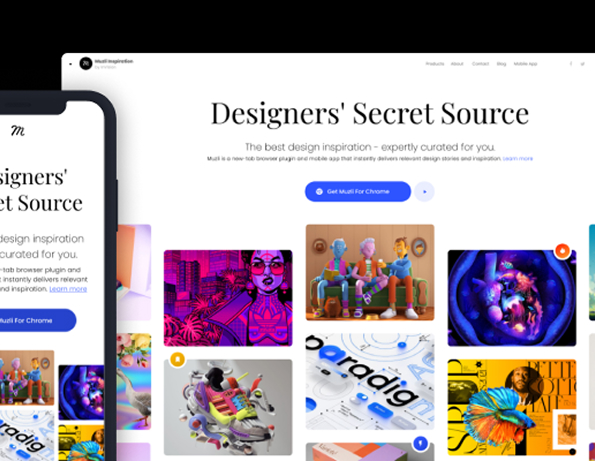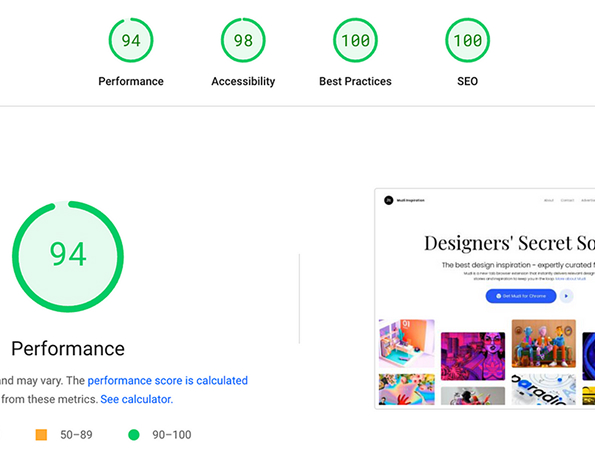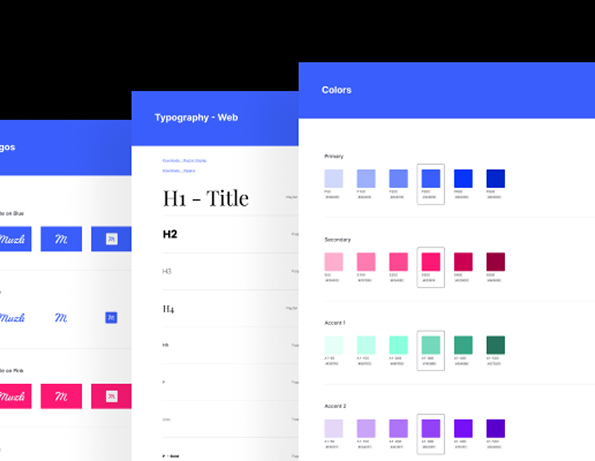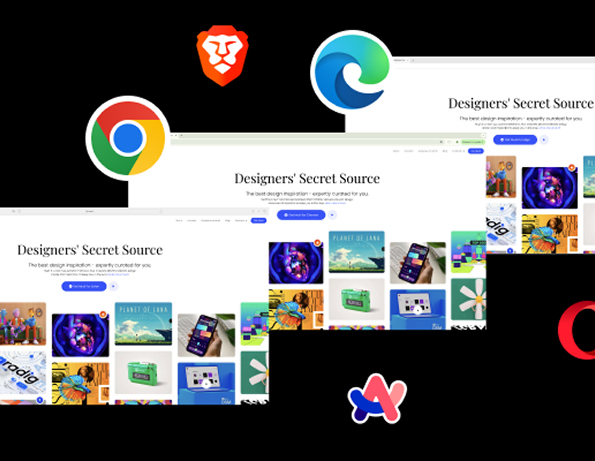Designing a visually appealing and functional website can be tough. Here are 10 common mistakes and how to avoid them for a better user experience and improved site performance.
Ignoring Mobile Responsiveness
Mistake: Focusing only on desktop versions and neglecting mobile users.
Solution: Implement responsive design techniques using CSS media queries to ensure a seamless experience across all devices.

Overloading with Content
Mistake: Crowding pages with too much text and imagery, overwhelming users.
Solution: Keep it clean and simple, using whitespace to let content breathe and focusing on concise, impactful messaging.
Poor Navigation
Mistake: Complicated or unclear navigation that frustrates users.
Solution: Design intuitive navigation with clear labels and a logical structure, adding a search bar for ease.
Slow Load Times
Mistake: A slow website that drives users away.
Solution: Optimize images, use efficient coding, and leverage caching to speed up load times. Tools like Google PageSpeed Insights can help.

Ignoring SEO Principles
Mistake: Neglecting SEO, making your site hard to find.
Solution: Use SEO basics like descriptive titles, meta descriptions, alt text, and keyword-rich content to boost search engine visibility.
Inconsistent Design Elements
Mistake: Using inconsistent fonts, colors, or styles that disrupt the user experience.
Solution: Establish a style guide and maintain consistency throughout your design to create a professional and cohesive look.

Lack of Accessibility
Mistake: Failing to accommodate users with disabilities.
Solution: Follow Web Content Accessibility Guidelines (WCAG), using alt text, keyboard navigation, and clear fonts for a more inclusive site.
Not Testing Across Browsers
Mistake: Designing for just one browser, causing compatibility issues on others.
Solution: Test your site on multiple browsers to ensure it works seamlessly everywhere, using tools like BrowserStack.

Overuse of Animations
Mistake: Excessive animations that distract users and slow down the site.
Solution: Use animations sparingly and only when they enhance functionality, avoiding heavy ones that hinder performance.
Ignoring User Feedback
Mistake: Not gathering feedback and missing out on insights to improve your design.
Solution: Collect and analyze user feedback through surveys, usability testing, and analytics to refine your website.
By avoiding these common mistakes, you can create a more efficient, user-friendly website that performs better and engages visitors.

